IEEE NY JOINT MTT AP PHO & NANO CHAPTER – SEMINAR: Photonic Time Crystals and Parametric Amplification: similarity and distinction
Room: Auditorium, Bldg: ASRC , 85 St. Nicholas Terrace, New York, New York, United States, 10031, Virtual: https://events.vtools.ieee.org/m/416067Photonic Time Crystals and Parametric Amplification: similarity and distinction I investigate Photonic Time crystals (PTCs) and compare it with the second and third order parametric processes. The main difference is found in boundary conditions – otherwise the processes are quite similar. The PTC is in its heart a parametric process in which modulation of permittivity using second or third order optical nonlinearity causes simultaneous generation of signal and idler photons with energy conservation maintained. The main difference between PTC and conventional parametric processes – OPA, PC, FWM is in the boundary conditions. In conventional parametric processes signal and idler frequencies remain unchanged inside and outside modulated region as only wavevectors can change. For PTC the situation at the temporary boundary is the opposite and while wavevector is maintained before, during, and after time modulation interval, the frequency changes and the conjugated (or time reversed) wave outside the modulation interval have the same frequency as the incident signal. While dispersion curves for OPA and PTC are identical, in PTC one can couple the signal into the bandgap and achieve exponential amplification. That being said, the overall amplification is similar for OPA and PTC – slowly decaying as signal frequency is detuned from the central frequency. For moderate values of modulation, the OPA actually holds advantage over PTC due to the presence of feedback in space that is obviously impossible in time. It is only when modulation becomes very strong that one can potentially observe the salient feature of PTC – strong amplification within bandgap and almost no amplification outside of it. In terms of amplification bandwidth, the PTC in which signal and idler are counterpropagating will never match the performance of existing conventional OPAs with copropagating waves in which the parametric gain bandwidth can exceed an octave when dispersion engineering is employed. Counterpropagating scheme does allow wider angular range which may become relevant when amplifying spontaneous emission. In order to observe most of the features of PTC it is not really necessary to operate with ultrafast nonlinearity. Using a relatively slow but strong nonlinearity with response time on the scale of propagation time, i.e. anywhere from a few hundreds of femtoseconds to a few picoseconds (which can be obtained in TCO, a low temperature growth semiconductor, or intersubband transition in a quantum well) will provide one with a simple way to get all the input-output characteristics of PTC without actually having a bandgap in k-space. Co-sponsored by: Advanced Science Research Center - the Graduate Center - City University of New York Speaker(s): Jacob B. Khurgin Agenda: The second part of the seminar: Why do the refractive indexes of different materials differ so little and are also so difficult to change? Abstract: For too long the functionality of optical devices and systems has been severely restricted by the very limited range of refractive indices at the disposal of designers. These limitations become especially constricting in the currently most active areas of optics – integrated photonics, photonic crystals, metamaterials and metasurfaces. A simple increase of the value of refractive index by 50% can result in disproportionally large improvement in performance (i.e. smaller size, less cross-talk, higher resolution, and so on, depending on application) With that in mind, I explore what are the fundamental limits that limit the scope of refractive indices as a function of wavelength, explain why higher index materials have not yet materialized and point out a few tentative directions for the search of these elusive materials, be they natural or artificial. In the second part of the talk, I investigate a closely related issue: changing refractive index to achieve effective modulation. There exist many methods of index modulation, starting with Pockels and Kerr electro-optic effects, acousto-optic and opto-mechanical effect, optical nonlinearities, thermal, carrier injection/depletion, etc. In my talk I will try to provide a comprehensive analysis that will show that independent of the modulation technique, one must supply and maintain (but not necessarily dissipate) anywhere between few times 103 and 105 J/cm3 of energy in order to achieve relative index change on the order of 50-100% (with energy requirements increasing in sync with the increase of operating frequency). The general conclusion is that unless radically new material systems are developed, the improvement of the performance of existing modulation techniques will have evolutionary rather than revolutionary character with no order of magnitude improvement in sight. I will try to argue for using collective effects and fast phase transitions to achieve future breakthroughs. Room: Auditorium, Bldg: ASRC , 85 St. Nicholas Terrace, New York, New York, United States, 10031, Virtual: https://events.vtools.ieee.org/m/416067
Spring 2024 OPS Workshop 10: Motors and Maze-Solving Algorithms (Friday Session)
Room: 175, Light Engineering, Stony Brook, New York, United States, 11790Join IEEE at SBU for Workshop 10 of the OPS Workshop Series to learn how to use an H-bridge to control motors, PID controllers, and some maze-solving algorithm basics![] Room: 175, Light Engineering, Stony Brook, New York, United States, 11790
2024-04-19 IEEE at SBU Executive Board Meeting
Room: 175, Bldg: Light Engineering, Light Engineering, Stony Brook, New York, United States, 11790Executive board meeting to plan for Spring 2024 Room: 175, Bldg: Light Engineering, Light Engineering, Stony Brook, New York, United States, 11790


